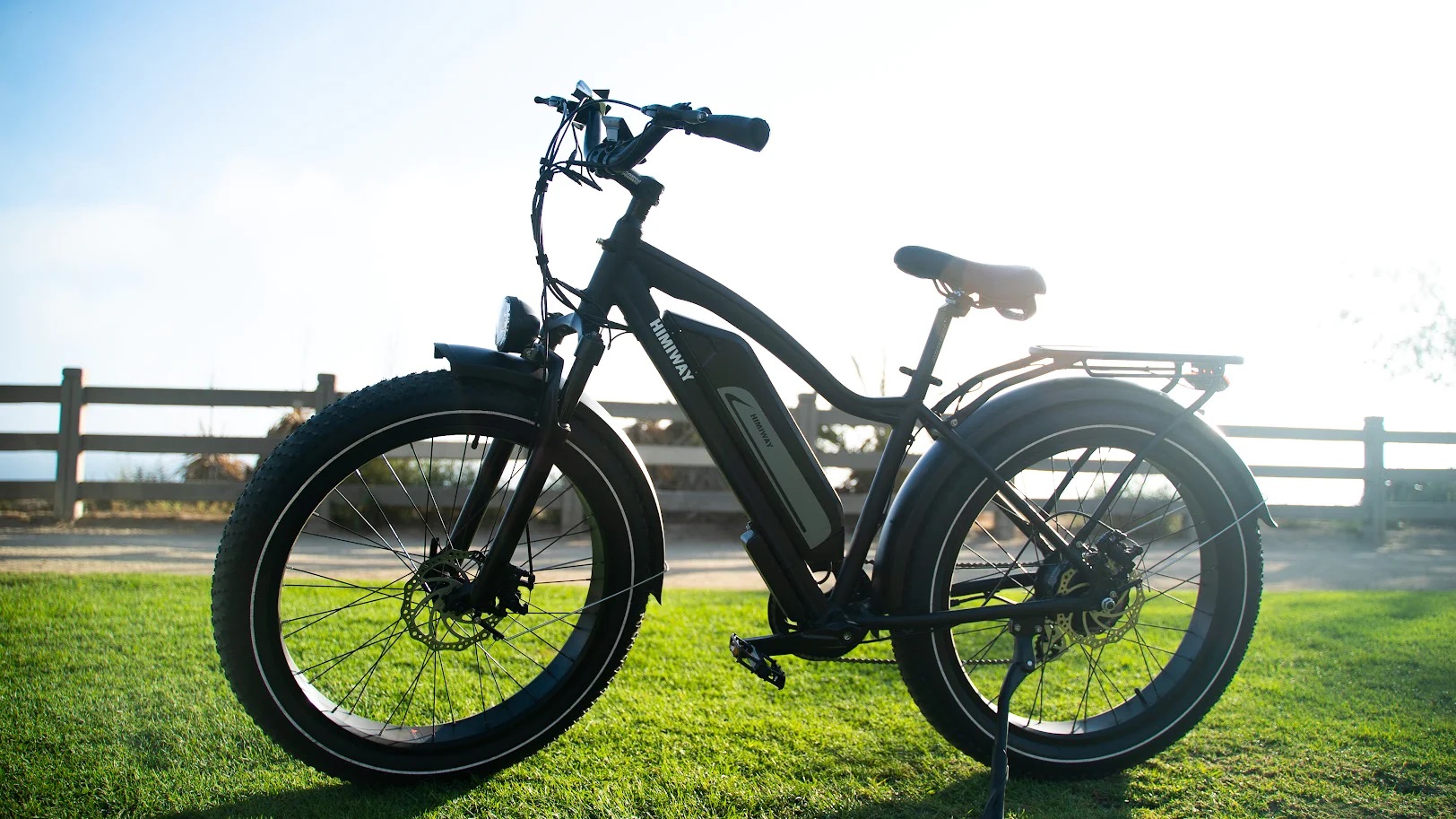
Having extra pedaling help is a good idea, especially when it comes cheaply. The electric bicycle serves to reinforce the pedal and goes much further. Find out now all about the electric bike to choose the right model!
Electric bikes, also known as e-bikes, have common mechanical parts with a battery system and electric motor. So, in addition to knowing about the operation, The Benefits of Commuting with an Electric Bike and quality of the mechanical parts, you must know the entire electric bike system to choose yours well. Since, in this bike category, pedaling requires energy beyond your legs!
What Should I Know About An Electric Bike?
Electric Bike
See what are the items you should evaluate when investing in the purchase of an electric bike:
Motor
On the market and Rydy Bikes for example, electric bicycles are equipped with motors in the front or rear wheel hubs or in the built-in bottom bracket. They can be from brands like Bosch and Shimano or manufactured by the bike.
Regarding power, choosing models with at least 250 Watts (W) is a good idea. This number already guarantees good extra strength to the pedals to face various terrain.
There are two types of motors: with brushes, called brush, and without brushes, brushless. The brushless type is more used on e-bikes, as they are more resistant and quieter and guarantee high pedaling efficiency.
Battery
The best choice is for a lithium-ion battery, a type of system that guarantees that the part supports between 200 and 1000 recharges. Lithium batteries are also lighter, durable, and non-addictive; they do not always need to be recharged when they reach a certain charge level.
Pay attention also to the charging time and battery life. Charging times greater than six hours and autonomies for low mileage will get in the way of your pedals!
Although you can find models with lead batteries, they are being discontinued because they are heavy and not very durable, among other disadvantages.
Get to know some of the factors that influence the autonomy of an e-bike battery:
- The weight of the cyclist;
- The outside temperature;
- The defined charge level;
- The velocity;
- The wind for or against;
- The slope of the road;
- The number of departures and restarts along the route;
- Tire pressure.
Brakes
On e-bikes, the brakes are the same as on a regular bicycle, but manufacturers tend to focus mainly on two types that provide better performance: the V-Brake and the disc brake with better braking. The reason is obvious: electric bikes have higher speeds. For this reason, it is important that the braking system can guarantee shorter distances and greater resistance with intense use.
V-brakes use only one cable and require less pressure than standard brake shoes. Disc brakes, on the other hand, are more expensive. However, they are highly efficient and are less affected by environmental factors such as mud, silt, and water.
Acceleration Modes
Electric bicycles can also have two types of use of electric propulsion. Some models use only the assisted pedal (PAS), also called pedelec, and others with an accelerator built into the handle. The pedal assist is activated as soon as you make a few turns on the crank through sensors in the part. So, in that case, you must necessarily pedal to have the assistance of the engine.
In the second type, the accelerator, you can use the electrical system without pedaling. Just turn the handle like on a motorcycle and the bike moves. In both acceleration modes, I prefer models that set the battery power to low, medium, or high; directly on the panel. So you manage energy use!




